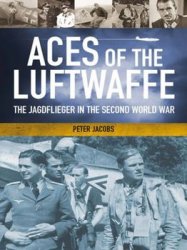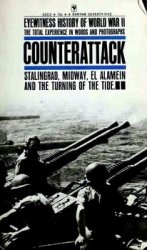Admiral Durgin’s escort carriers continued to supply observation and spotting planes, photographic flights, C. A.P. over the target, antisubmarine patrol, and strike missions for direct support of troops ashore. The VOF were especially useful in locating targets and spotting fall of shot for ships’ gunners. Lieutenant Commander George Philip, skipper of destroyer T'wiggs, recorded that this type had had a doubtful reception in the Pacific; but “his performance of a few minutes sold him. Work with the VOF was one of the highlights of the operation.”
Of the fast carrier groups, TG 58.2 (Davison) and 58.3 (Sherman) operated about 65 miles northwest of Iwo Jima while TG 58.1 and TG 58.4 fueled and replenished off shore. After the prelanding strikes on the beaches, Hancock and Lexington sent fighter sweeps of twelve planes each against Chichi Jima and Haha Jima to destroy grounded planes and small craft. It proved to be an expensive mission. Five planes were lost operationally and a torpedo bomber was shot down by antiaircraft fire. During the afternoon Admiral Sherman sent some of his planes to report to Advance Commander Support Aircraft in Estes. This group made bombing, rocketing and strafing runs on designated targets on the hump of Iwo Jima that were not accessible to naval gunfire.
Since enemy planes could easily fly from Japan down the line of the Bonins to bomb ships at the beachhead, dawn and dusk air attacks were anticipated. The first of these came in at 1900 D-day; but, sighting two fast carrier groups en route, decided to make them the target. Over a period of two and a half hours an estimated 12 to 15 planes harassed TGs 58.2 and 58.3. Both task group commanders used radical maneuvers, cloud cover and smoke to conceal their ships’ wakes and evade the attackers, and only two direct contacts were made. “Mighty Mo,” the battleship Missouri, drew her first blood of the war by shooting down an enemy plane at a range of 9800 yards at 1953, and a second which approached nearer was splashed by the combined antiaircraft fire of several ships.
Task Group 58.5, the night carrier group, operated northwest of Iwo Jima and provided dusk C. A.P. over the island, night fighter cover, and night observers for naval gunfire.
The carrier planes inflicted very little direct damage. The performance of napalm or gasoline jelly bombs, which were expected to burn off camouflage and suck the oxygen out of dugouts, was disappointing, and a large percentage of them were duds.® Quarter-ton bombs were too small to smash Japanese installations. The principal contribution of carrier planes to the Iwo landings on D-day was to provide C. A.P. over the amphibious forces, which, in view of the fact that not one enemy air attack approached them, was hardly needed. But this was good practice for the Okinawa operation, where C. A.P. was desperately needed.




 World History
World History









